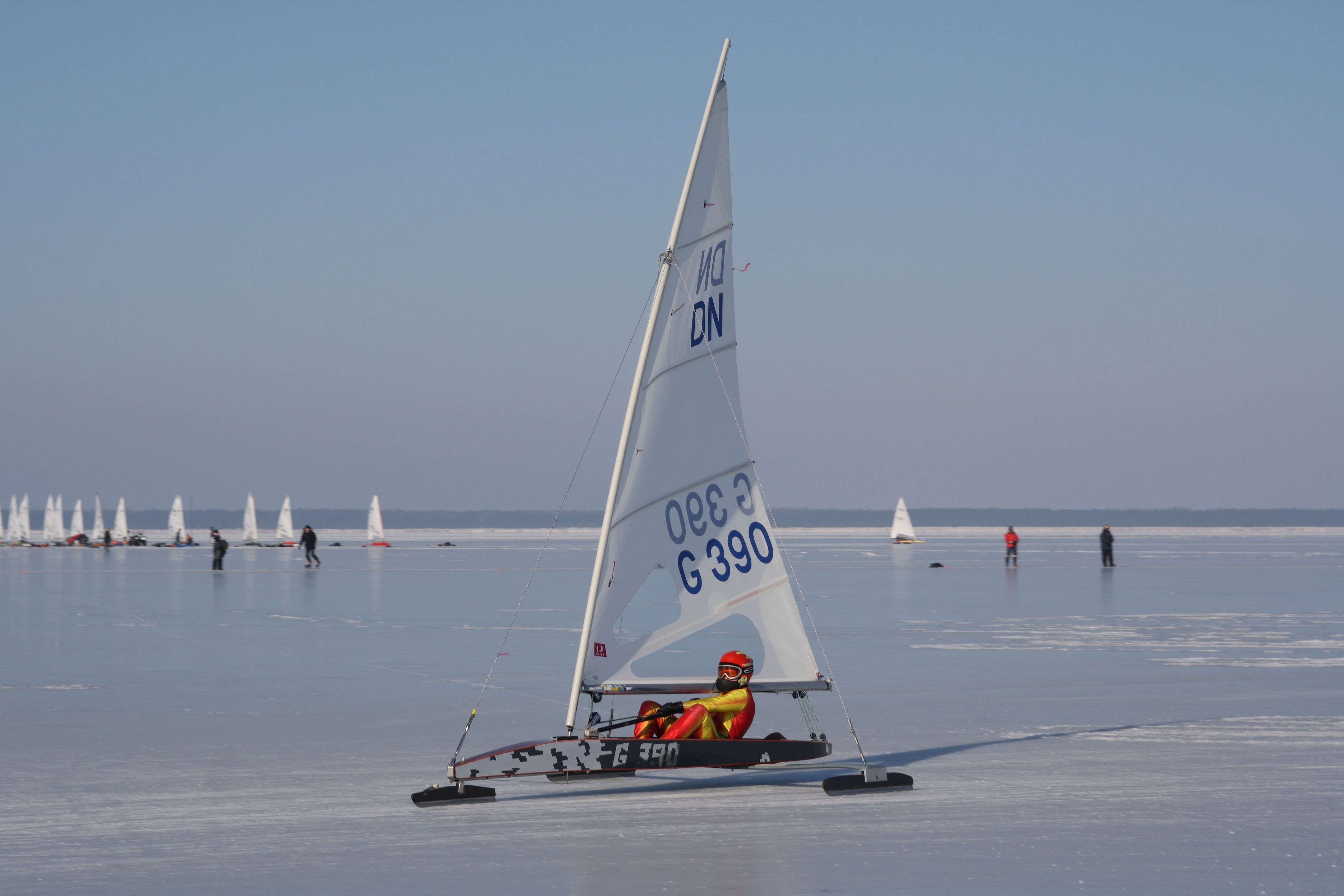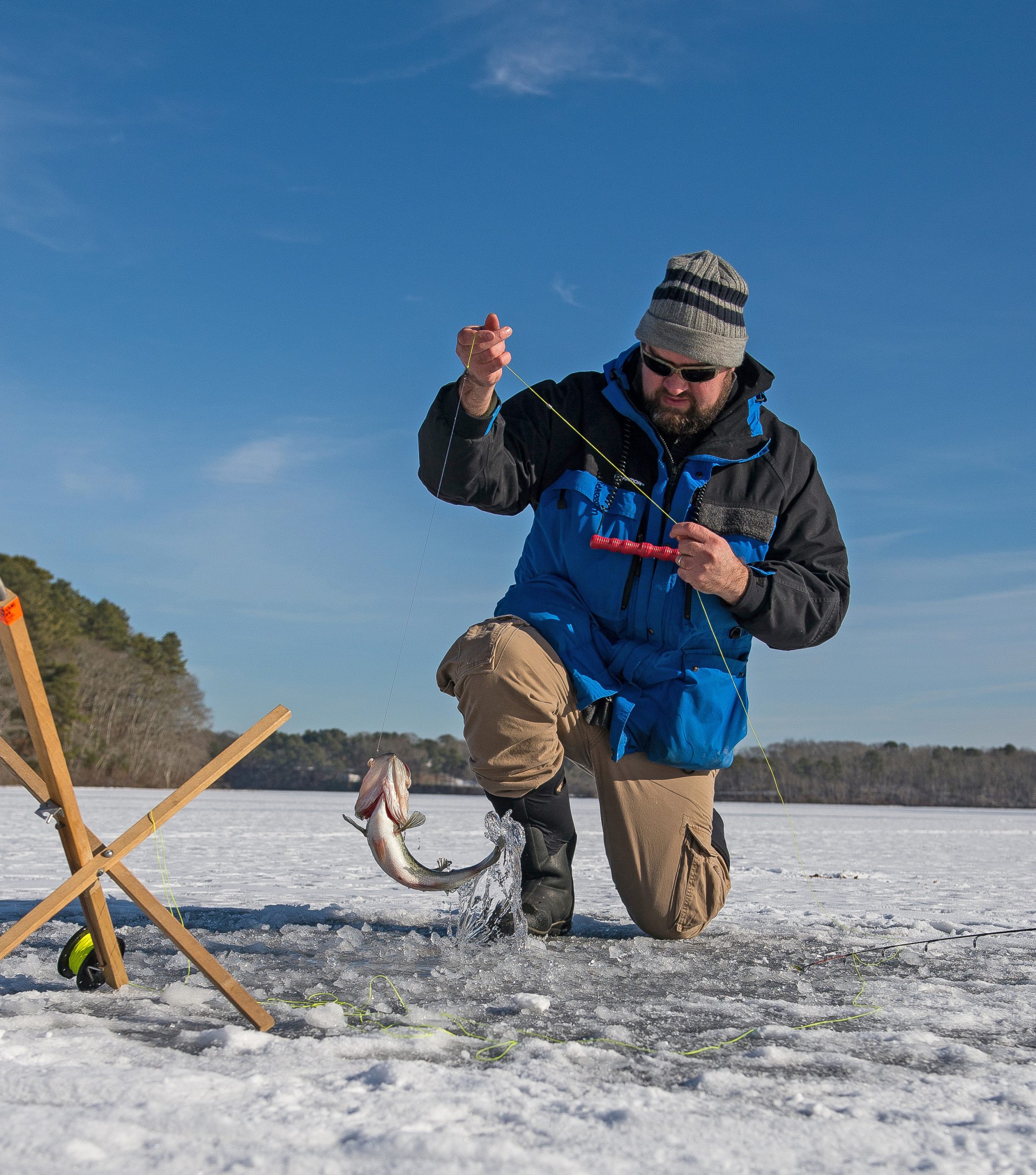Yes, ice boating can be dangerous for beginners. This is because ice boating is a fast-paced sport that requires a lot of skill and control. Beginners may not have the experience or skills necessary to safely operate an ice boat.
Here are some of the dangers of ice boating:
- Ice can be thin and unstable: Ice can be thin and unstable, especially in the early and late season. If the ice breaks, you could fall into the cold water and drown.
- Ice boats can travel at high speeds: Ice boats can travel at high speeds, up to 60 miles per hour. If you lose control of your ice boat, you could crash into something or someone.
- Ice boats can be difficult to steer: Ice boats can be difficult to steer, especially in strong winds. If you are not careful, you could lose control of your ice boat and crash.
If you are a beginner, it is important to learn the basics of ice boating before you try it. You should also take lessons from a qualified instructor. By taking these precautions, you can help to reduce the risk of injury or death.
Here are some safety tips for ice boating:
- Check the ice conditions before you go: Make sure the ice is thick enough to support your weight and your ice boat.
- Wear a life jacket: A life jacket can save your life if you fall into the water.
- Go with a group: It is always safer to go ice boating with a group of people.
- Be aware of your surroundings: Watch out for other ice boats, swimmers, and hazards in the water.
- Don’t drink and ice boat: Alcohol can impair your judgment and make it more difficult to control your ice boat.
- Be prepared for emergencies: Have a first-aid kit, flares, and a radio with you in case of an emergency.
By following these safety tips, you can help to ensure a safe and enjoyable ice boating experience.
Many people enjoy ice boating, but it can be dangerous for beginners. The key to staying safe is to be aware of the dangers and to take precautions. One danger is that the ice may not be thick enough to support the weight of the boat and its passengers.
Another danger is that the wind can cause the boat to tip over.
Ice boating is definitely a thrilling and dangerous activity, especially for beginners. The high speeds that these boats can reach, combined with the slippery and unpredictable nature of ice, make for a potentially deadly combination. However, if you take the necessary precautions and follow some basic safety guidelines, you can minimize the risks involved in ice boating.

Credit: wikipedia
How Dangerous is Ice Boating?
Most people don’t think about ice boating as a dangerous activity, but it can be if you’re not careful. Ice boats are fast and lightweight, and they can easily lose control on icy or slushy surfaces. If you hit a patch of ice while sailing at high speed, you could easily overturn your boat.
And if you’re sailing in an area where there are other boats or vehicles, a collision could be devastating.
So what can you do to stay safe while ice boating? First, make sure you know how to handle your boat before heading out onto the ice.
Practice in open areas until you’re comfortable with the controls. And always sail with someone else so that someone can call for help if something goes wrong.
When choosing a sailing spot, avoid areas where there are lots of other boats or traffic.
And be aware of the conditions – watch for changes in the weather or surface conditions that could make sailing dangerous. If something doesn’t feel right, turn back and head for shore.
Ice boating can be a great way to enjoy the winter scenery – just be sure to sail safely!
How Do Ice Boats Stop?
An ice boat is a vessel designed for sailing on ice. The hull of an ice boat is supported by two or three skis, which are attached to the keel and run parallel to the bottom of the hull. The sails are rigged fore-and-aft, and the rudder is mounted on a skeg behind the stern ski.
Ice boats can reach high speeds, sometimes exceeding 100 km/h (60 mph).
When an ice boat is moving at speed, its skis slide across the surface of the ice, providing both propulsion and steering. To stop an ice boat, the sailor first eases off on the sheet that controls the mainsail.
This reduces both lift and drag, allowing the boat to slow down. The sailor then turns into wind so that the sails are blowing across the front of the boat, which provides additional braking power. Finally, if necessary, the sailor can use his or her body weight to help slow down by leaning forward in their seat.
Do Ice Boats Have Brakes?
Yes, ice boats have brakes. The brake is usually a steel plate that rubs against the bottom of the boat to slow it down.
How Fast Do Ice Boats Go?
Most ice boats can travel at speeds greater than 50 miles per hour (80 kilometers per hour). The world speed record for an ice boat is held by the American boat Blue streak, which reached a speed of 126.4 miles per hour (203.2 kilometers per hour) on February 16, 2009.
The high speeds attained by ice boats are due to a combination of factors.
First, the runners (skates) that support the weight of the ice boat on the surface of the frozen lake act as low-friction bearings. Second, sails are very efficient in harnessing wind power, and third, there is no drag from contact with water because the hull is supported by runners above the surface of the lake.
Ice boats have been used since at least 1662 when Dutchmen built them to transport goods across frozen lakes and rivers in Europe.
In North America, Native Americans used them for hunting on Great Lakes and Canadian waterways.
DN Tech Talk | 03 understanding specs | E9 | Icesailing | Iceboating
Ice Optimist
As an ice optimist, I believe that the world is a beautiful place full of wonder and possibilities. I see the potential for greatness in every person and situation. I have an unshakable faith in the power of love, hope, and positivity to transform lives.
My glass is always half-full, because I know that anything is possible if we just believe.
I know that some people see the world as a cold, dark place. But I choose to see the beauty in all things, even when they are seemingly ordinary or bleak.
I believe that there is good in everyone and everything, even if it doesn’t always seem like it at first glance. Every day brings new opportunities to make the world a better place.
I am constantly inspired by those who make positive change in their communities despite incredible odds.
They remind me that each one of us has the ability to make a difference. We all have something special to offer this world – we just need to open our hearts and minds to possibility.
If you’re feeling down or lost, remember that you are not alone.
There are people all around you who care about you and want to help you succeed. Reach out for support when you need it, and never give up on your dreams. The sky’s the limit!
Conclusion
Most people would say that ice boating is a dangerous sport. After all, you’re sailing on a thin piece of ice at high speeds. However, many beginner ice boaters find the sport to be exhilarating and fun.
While there are some risks involved in ice boating, as long as you take the proper precautions, you can enjoy this thrilling activity safely.
